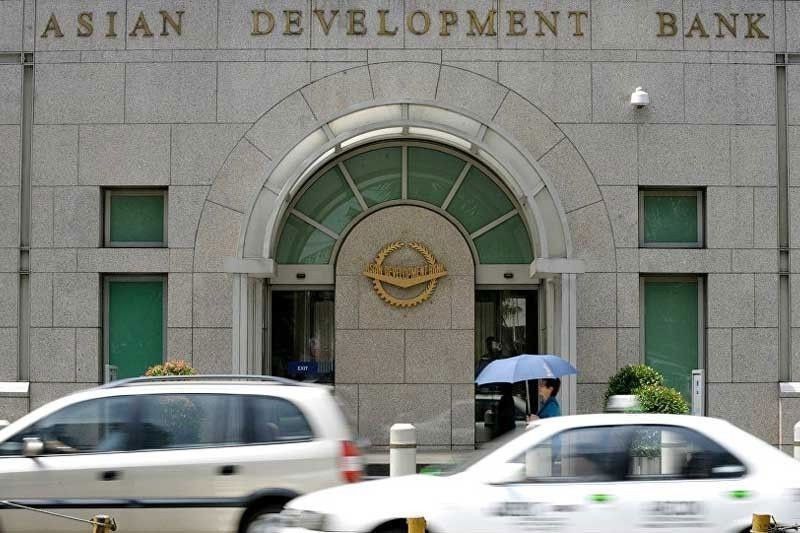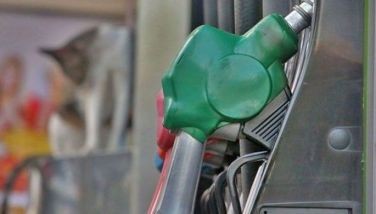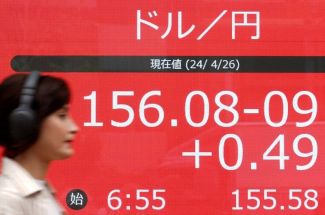ADB further downgrades economic outlook for Philippines

MANILA, Philippines — The Asian Development Bank (ADB) has recast its forecast for the Philippine economy to a deeper decline of 7.3 percent this year, citing subdued private consumption and investment amid the coronavirus pandemic.
In its Asian Development Outlook (ADO) 2020 Update released yesterday, the Manila-based multilateral bank downgraded the outlook for the Philippines further from a forecast of a 3.8 percent full-year contraction in June and a slowdown of two percent in April.
However, ADB said the Philippines is expected to rebound next year to return to a growth path of 6.5 percent as the contagion is controlled, the economy opens further, and more government stimulus measures are implemented.
But it said the recovery would be challenged by downside risks such as a slower-than-expected global turnaround, thus weakening trade and investment, as well as remittances by overseas Filipino workers.
“We believe the worst is now over and that the contraction in GDP bottomed out in May or June this year. The package of measures the government rolled out such as income support to families, relief for small businesses, and support to agriculture in the second quarter all helped the economy to bottom out,” said Kelly Bird, ADB country director for the Philippines.
“We expect the recovery to be slow and fragile for the rest of this year, and growth to accelerate in 2021 on the back of additional fiscal support and an accommodative monetary policy stance.”
Despite expectations that a vaccine against COVID-19 would be available by next year, the bank still assumes that countries would be able to arrest the infection by other means, said Abdul Abiad, director of macroeconomics research at ADB.
“The assumption for the forecast is that countries will be able to flatten the curve sufficiently using other measures, not the vaccine, like sustainable social distancing, testing and tracing. And that to allow their economies to open, (they will) basically live with COVID-19 until the vaccine comes along,” he said during a webinar yesterday.
Even if a vaccine becomes available in the market sooner, developing countries like the Philippines may have to reconcile with the possibility that it may not be able to secure supplies immediately.
“If the vaccine does become available sooner, one needs to temper that with the fact that even if the vaccine becomes available sooner, whether it becomes available to Developing Asia is another question,” said Abiad.
“So there is this whole issue of vaccine nationalism and the danger that countries compete for who can get the vaccine first.”
ADB’s latest forecast on the performance of the Philippine economy for this year and the next is aligned with the government’s own expectations of a contraction of as much as 6.6 percent this year and a rebound of between 5.5 and 6.5 percent next year.
This assumes that the gradual recovery in activity will continue in step with the reopening of the economy and that community quarantine restrictions would no longer be tightened.
Abiad noted that the continued use of large-scale lockdowns creates risks of long-term erosion of physical and human capital as businesses close and people miss out on education and development.
ADB chief economist Yasuyuki Sawada said that at this point in the progression of the pandemic, there is a need to give equal emphasis to the protection of the health of people and the state of economies.
“Probably at the beginning of the COVID-19 outbreak, there is a somewhat stronger trade-off between health and the economy but after six months, there is no fundamental trade-off,” he said.
Citing success stories in Korea, Taiwan, and China, he said these countries used “smart lockdowns” and aggressively tested, traced and isolated cases.
In reopening economies, Sawada cited the need to give strong importance to managing health risks and prioritizing economic activities essential to the needs of the people as well as to the survival of the economy.
The Philippine economy plunged into a recession in the second quarter of the year, with output contracting by a record 16.5 percent after a severe lockdown paralyzed 75 percent of the economy during the period.
After the downward revision of first quarter economic decline to 0.7 percent, this brought the first half contraction average to around nine percent.
It is widely expected that the contraction would be slower in the third quarter of the year as the economy gradually reopens.
Abiad said by next year, as the economic activity is revived, there may be improvements in consumption and investment.
Even with downside risks remaining, the external environment is widely expected to show improvements, Abiad said.
“One of the important exports for the Philippines will be semiconductors and we are already seeing a pickup in the global semiconductor market. That will be supportive of growth next year,” he said.
ADB also revised the Philippine inflation forecasts to 2.4 percent in 2020 and 2.6 percent in 2021, compared with previous projections of 2.2 percent and 2.4 percent, respectively, as global oil prices stabilize.
The forecasts are still within the Philippine central bank’s target range of two percent up to four percent.
- Latest
- Trending





























